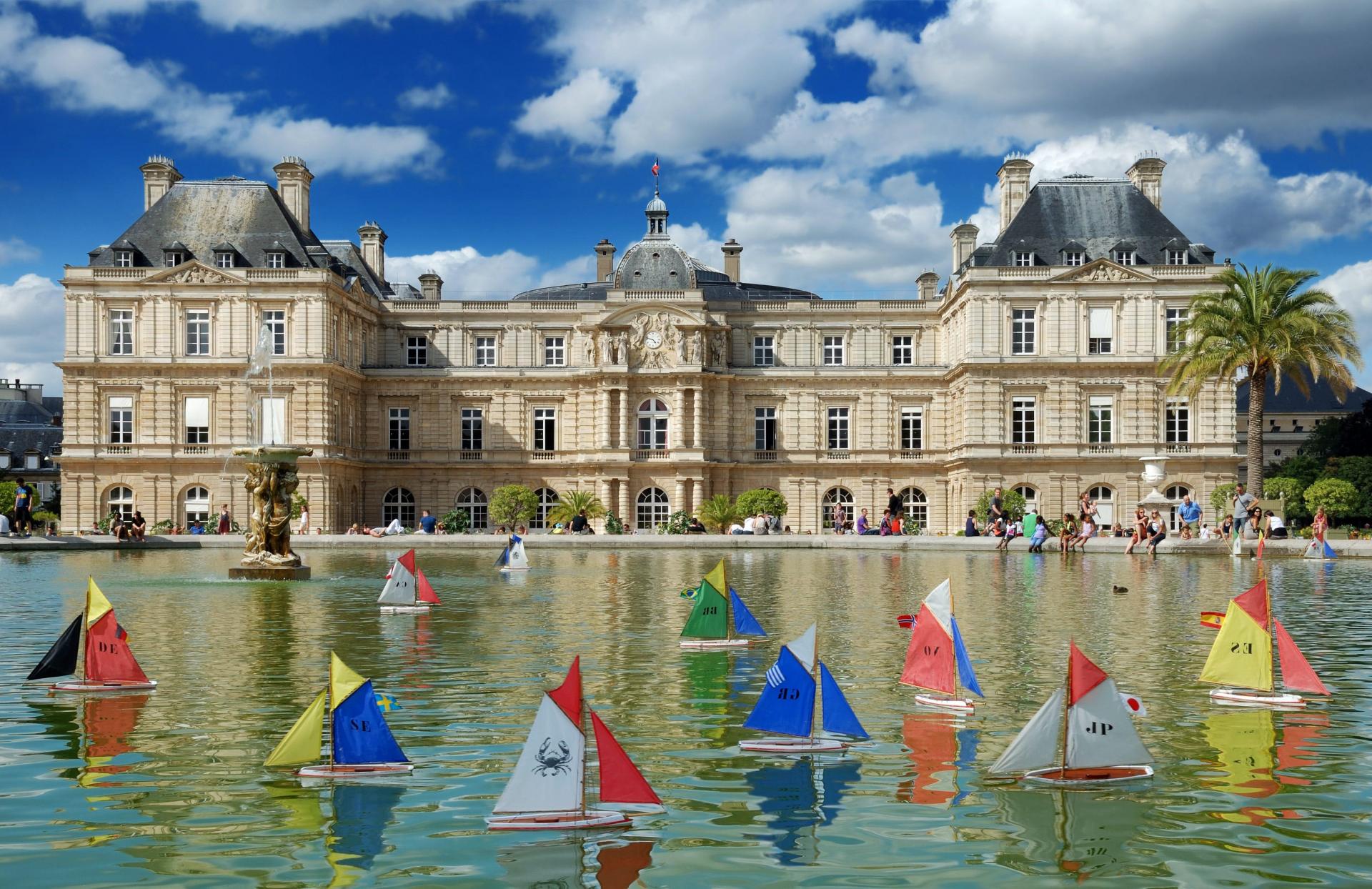The Jardin du Luxembourg in the heart of Paris has a rich history reflecting the city's and France's evolution. Created in the early 17th century by Marie de Médicis, widow of King Henri IV, the garden was designed to complement her country palace. Inspired by her childhood at Florence's Palazzo Pitti, she had the garden built in an Italian style. In 1612, architect Salomon de Brosse and gardeners, including Tommaso Francini, began constructing the new palace and gardens, including the still-existing Medici Fountain.
Over the years, the garden underwent several changes. In 1630, additional land was acquired to enlarge it. Jacques Boyceau de la Barauderie, a theorist of formal French gardens, redesigned it, adding an octagonal basin with a fountain, still used today by children for miniature boats. After Marie de Médicis' death, the palace and garden changed hands multiple times. In 1778, the Count of Provence, brother of Louis XVI and future Louis XVIII, received Luxembourg. Part of the garden was sold to finance palace restoration, reducing its size.
Neglected during the French Revolution, the garden was later expanded with expropriated church lands. Napoleon III again reduced its size in the 19th century during the reconfiguration of Rue Auguste Comte. However, even with these changes, the garden retained its Italian-style ambiance. In the 19th century, Jean Chalgrin, architect of the Arc de Triomphe, renovated the garden, preserving aspects like the vineyards and nursery garden of the Carthusian monastery. After the July Monarchy in 1848, the garden began to be adorned with statues, and during Napoleon III's reign, under Haussmann's major Paris changes, the park's layout was altered, necessitating the Medici Fountain's relocation and reconstruction.
Thus, the Jardin du Luxembourg mirrors Paris's history, evolving with the city's political, social, and urban changes while retaining some of its original charm and design.



